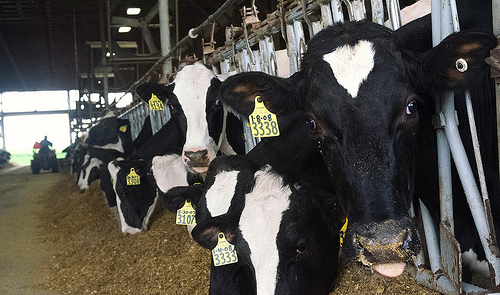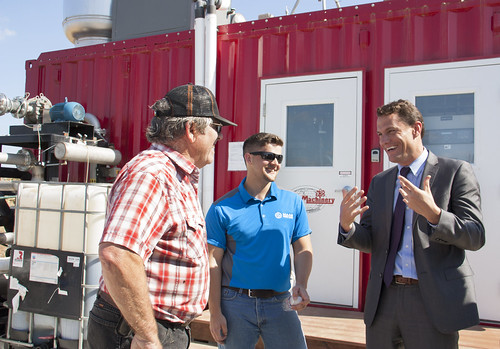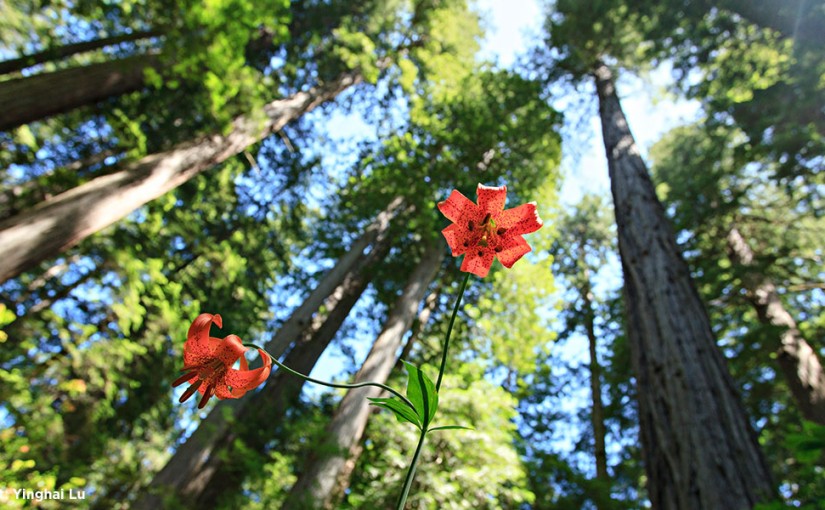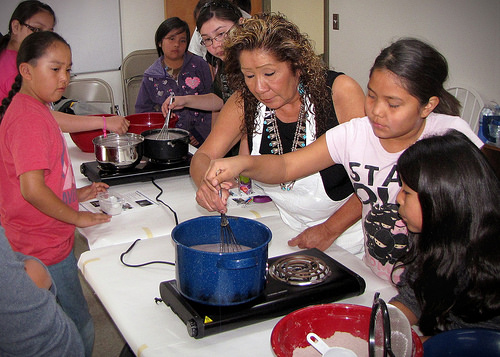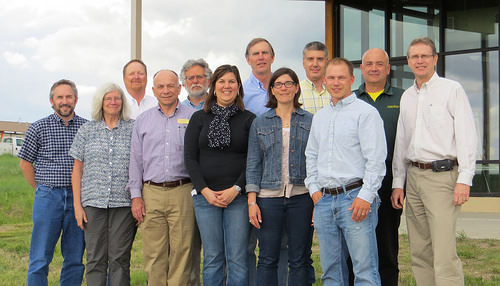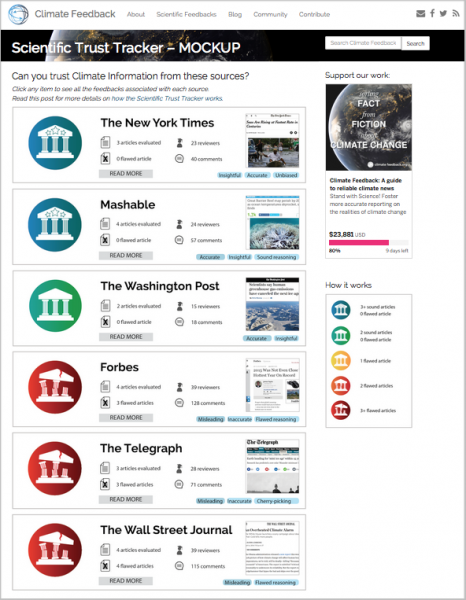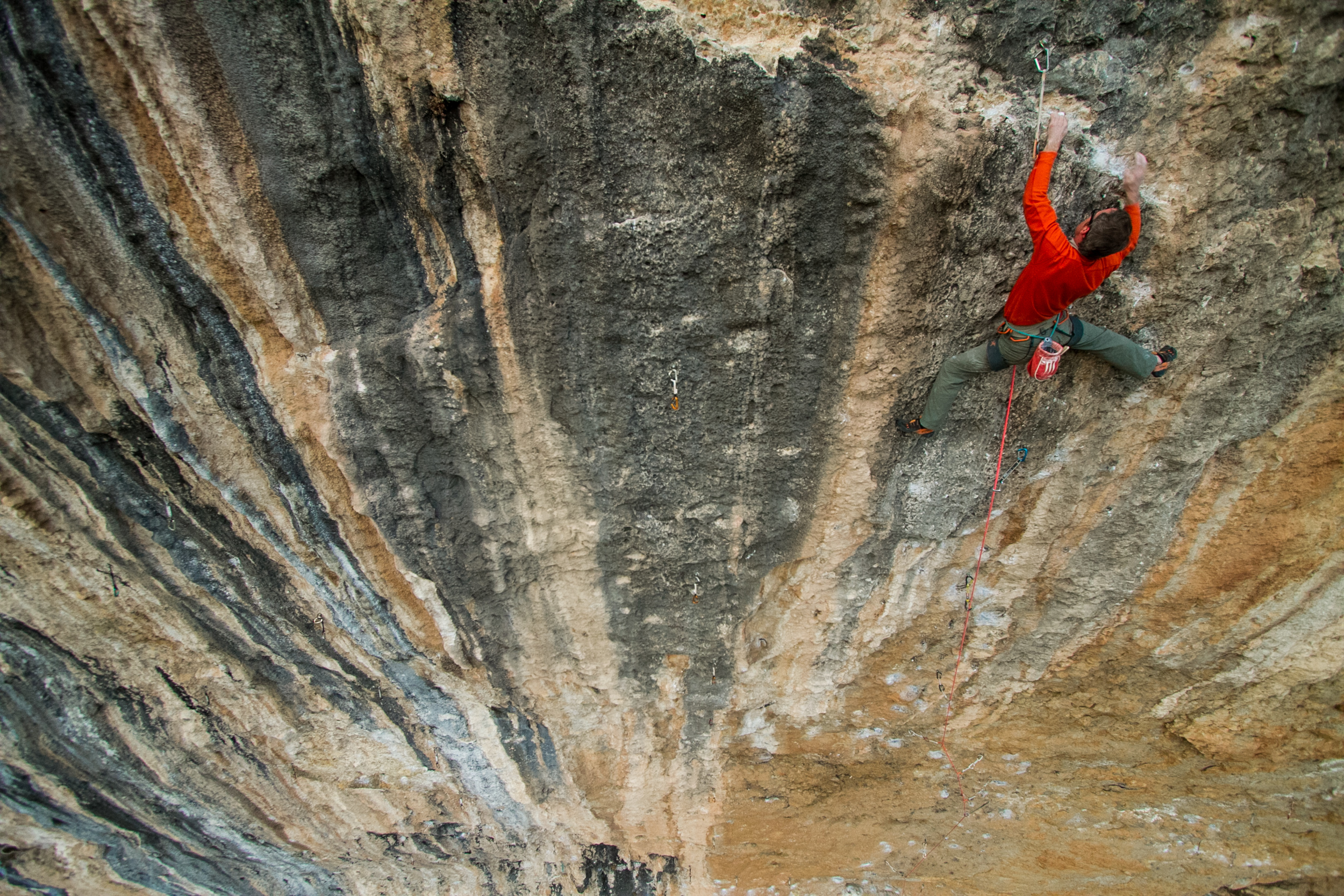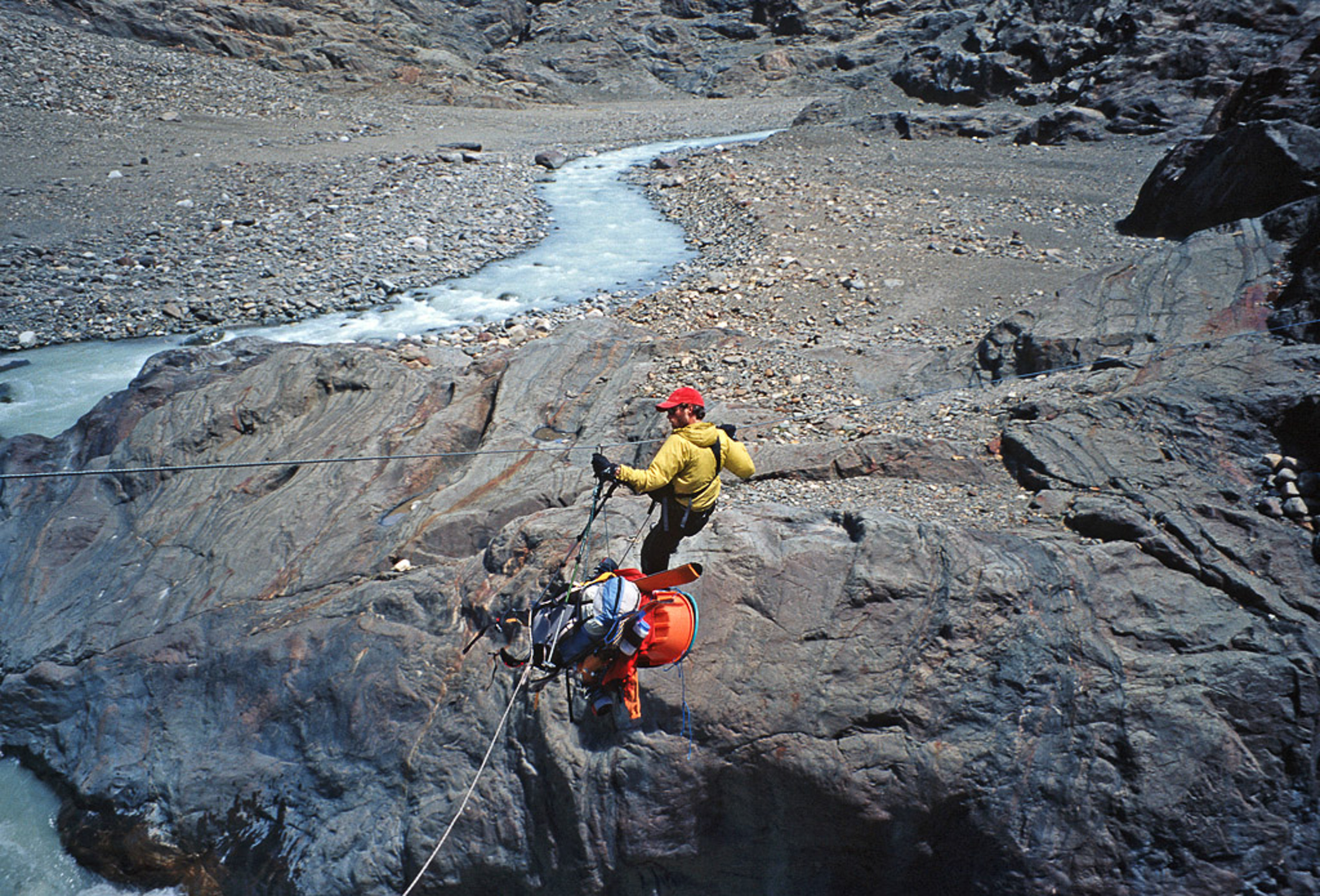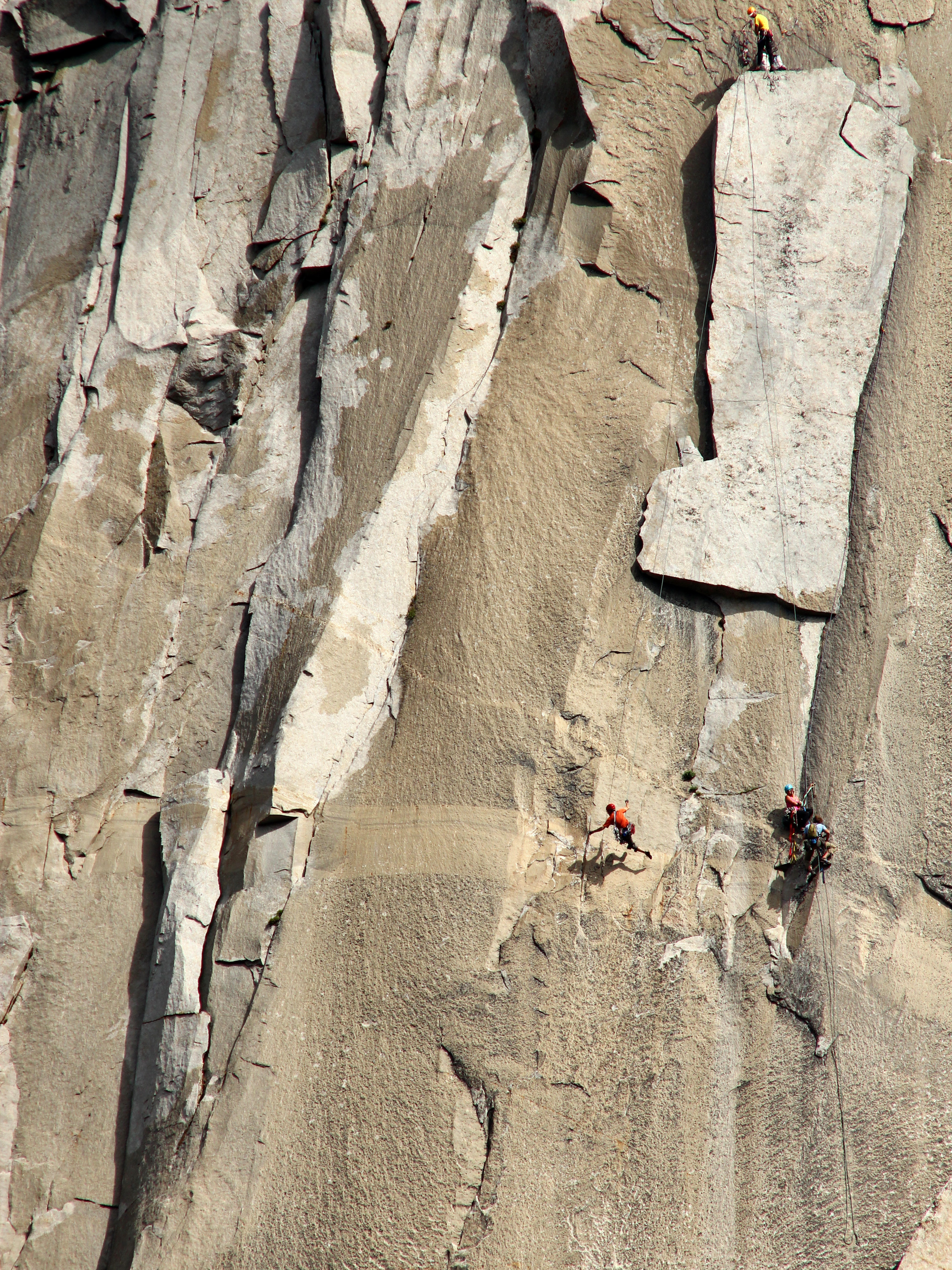By Joe Duckworth, Manager of Urban Forest Programs
American Forests, in partnership with Alliance Data and Texas Trees Foundation, is excited to launch a new Community ReLeaf project in one of the fastest growing cities in the country, Dallas. The Dallas-Fort Worth metropolitan area is the fourth largest in the country, and the city region is expected to add more than 4 million people by the year 2030. Not only is the population of the region growing, but the environment is also rapidly changing.
As urban centers become more developed, they often become warmer than the outlying areas. This is called the urban heat island effect and is caused by changing land cover, such as paving over natural surfaces, and increased energy use. And, this effect can be quite extreme: the city of Dallas can get up to 19 degrees hotter than nearby rural areas.
These higher temperatures can have a negative effect on air quality as well. According to the American Lung Association, Dallas has the eighth worst air quality in the country when it comes to ozone, a gas that can cause a number of health problems, including coughing, increased asthma attacks and lung damage. Hot summer days cause more ozone to form, which reduces the air quality in the city.
Thankfully, Dallas knows the benefits of urban forests on improving air quality and reducing stormwater runoff. Texas Trees Foundation provided the City of Dallas with a State of the Urban Forest report in 2015, detailing the current tree canopy in the city, its economic and environmental value and providing the information on which to base future management decisions. The report found that the 14.7 million trees in the city limits have a replacement value of $9.02 billion and provide $36.1 million annually in ecosystem services. There is also the potential to plant 1.8 million more trees in sites throughout the city.
American Forests, the Texas Trees Foundation and Alliance Data are building off of this report to focus on the urban heat island effect and how it can be mitigated. As a first step, we are creating a detailed map and analysis of the Dallas County surface temperatures. Armed with this data, this partnership will implement catalytic tree planting projects throughout the Dallas region to help cool the areas where the “urban heat island” of higher surface temperatures is highest. These restoration activities combined with targeted civic, business and community engagement will be used to help the community and decision makers plan for and invest in the city’s urban forest and other green infrastructure to positively impact the region.
This partnership with Texas Trees Foundation and Alliance Data seeks to turn the Dallas region into a model for how urban forests can help rapidly growing cities sustainably grow and become healthy, vibrant communities in the 21st century.

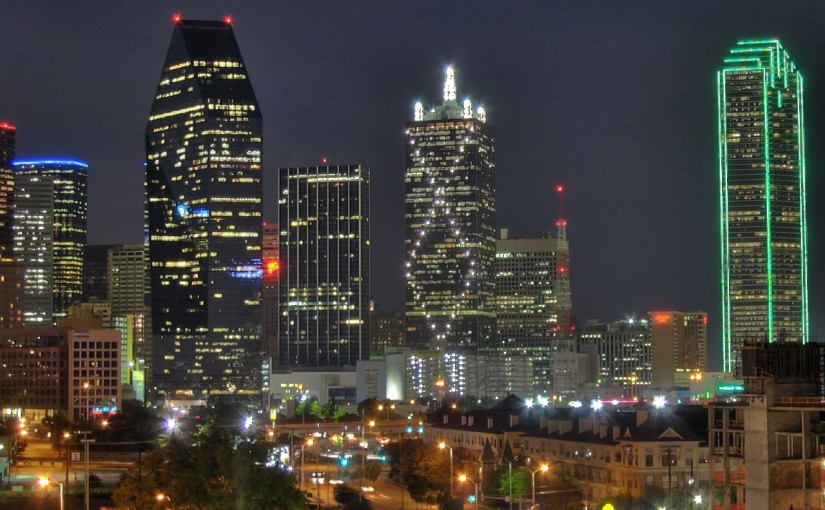

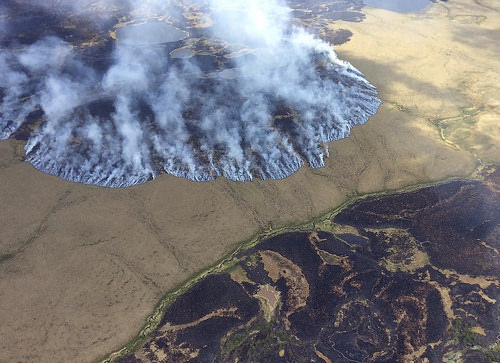

 The next CLN webinar “A changing climate for agriculture: tools for kick starting adaptation” will be delivered on Thursday, June 2, 2016 at 2:00pm EDT.
The next CLN webinar “A changing climate for agriculture: tools for kick starting adaptation” will be delivered on Thursday, June 2, 2016 at 2:00pm EDT.  On July 14th, 2016 at 1:00pm EDT, Dustin Albright, Assistant Professor at the Clemson University School of Architecture and member of Clemson’s Wood Utilization and Design Institute will present “Wood and Timber Design: Trends and Outlook”. Dustin will discuss the use of new wood construction materials and methods and their suitability for sustainable building. The presentation will address the life cycle benefits of wood and will touch on evolving building codes, which are increasingly friendly to these new techniques. A variety of case studies will be presented, with special attention being given to prefabricated building systems, including Cross-Laminated Timber and other similar “Massive Timber” products.
On July 14th, 2016 at 1:00pm EDT, Dustin Albright, Assistant Professor at the Clemson University School of Architecture and member of Clemson’s Wood Utilization and Design Institute will present “Wood and Timber Design: Trends and Outlook”. Dustin will discuss the use of new wood construction materials and methods and their suitability for sustainable building. The presentation will address the life cycle benefits of wood and will touch on evolving building codes, which are increasingly friendly to these new techniques. A variety of case studies will be presented, with special attention being given to prefabricated building systems, including Cross-Laminated Timber and other similar “Massive Timber” products. 